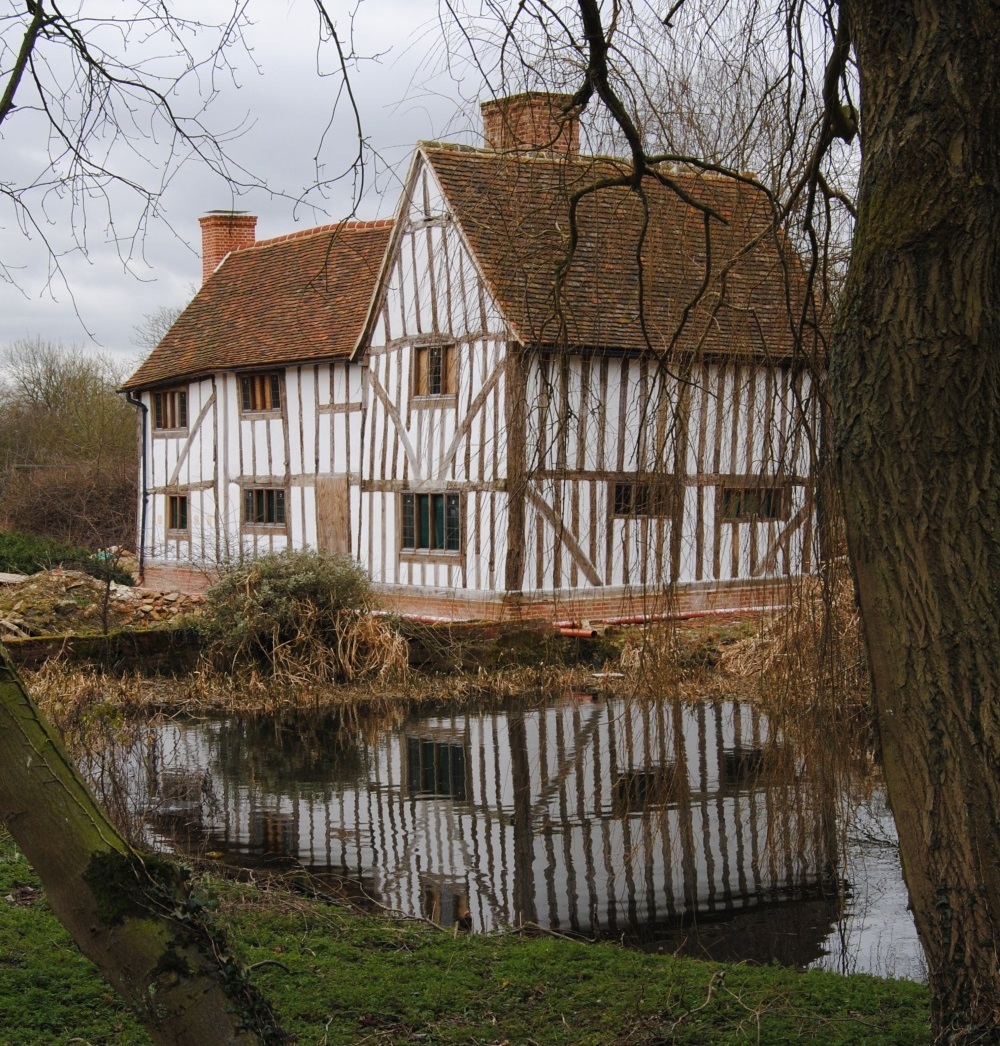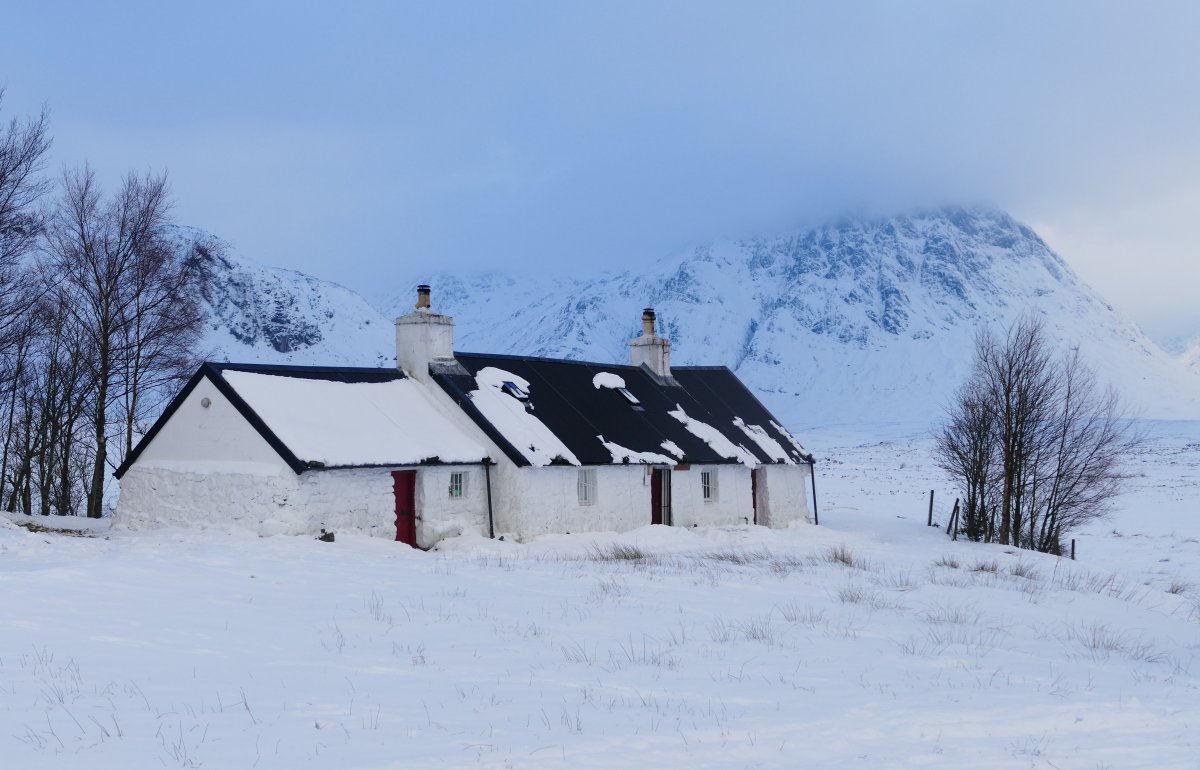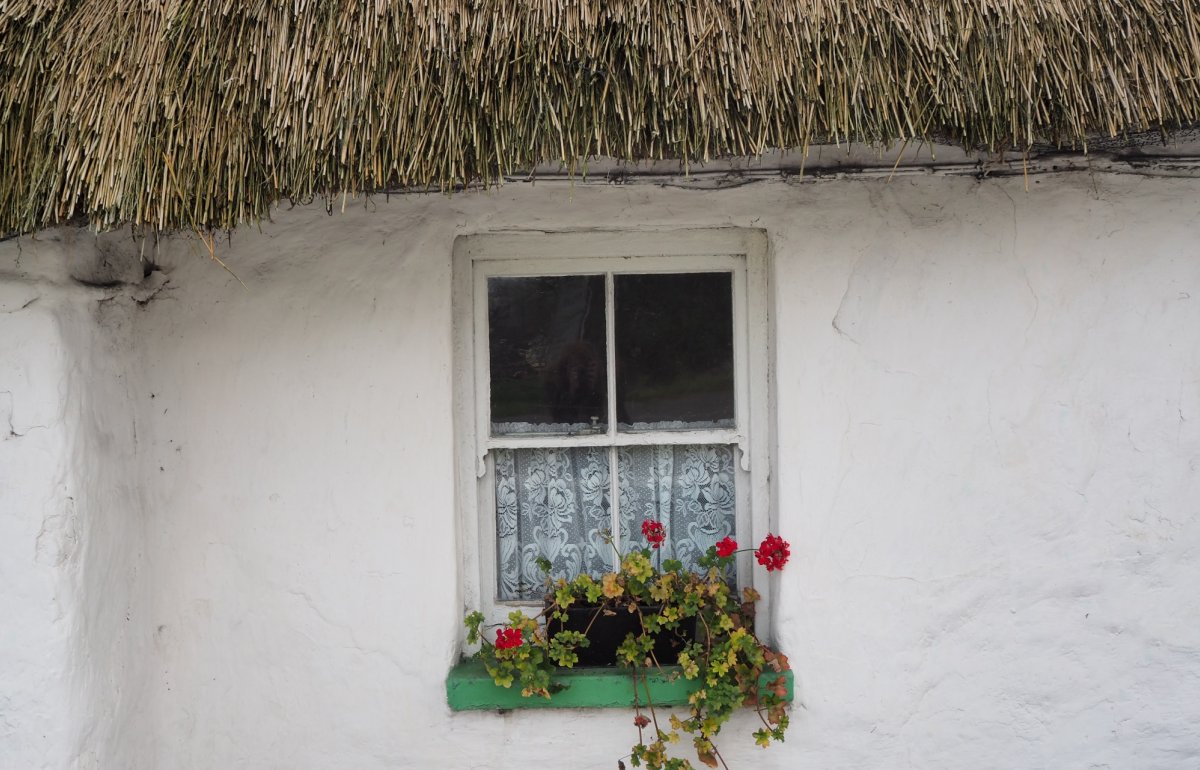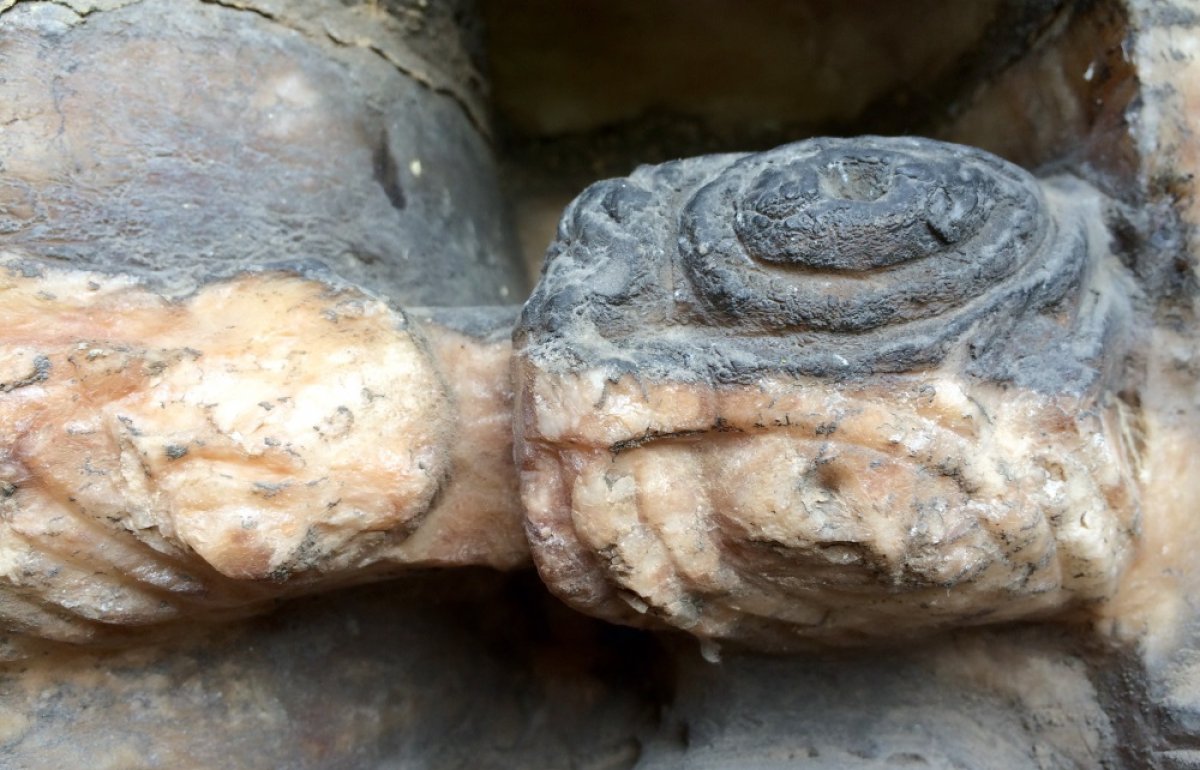A Decade of Research into the Energy Efficiency of Old Buildings
Share on:
An introduction to our findings, which we will present at the forthcoming STBA/SPAB conference
The SPAB Approach to old buildings of repair not replacement is inherently a ‘green’ one. As traditionally constructed buildings are estimated to be about a fifth of the UK’s housing stock, improving their energy efficiency when required is also a matter of urgency. Our recent research helps prove that solid-walled (i.e. traditionally constructed) buildings lose less heat than often assumed but, where appropriate, can benefit from enhanced insulation – something we and others have long suspected.
Responding to concerns that standard approaches towards improving energy efficiency will damage traditional buildings and save less carbon than anticipated, we commissioned research to better understand the performance.
The research has involved three main strands:
- Measurement in situ of heat loss (U-values) at 77 locations in walls mainly of solid, permeable construction and of varying materials. The figures were compared against theoretical equivalents, calculated using industry-standard software
- Case studies investigating heat loss through walls, airtightness, comfort and risk of mould growth both before and after retrofitting to improve energy efficiency in several traditionally constructed buildings, plus in-depth assessment of moisture behaviour in their walls
- Evaluation of advanced modelling software for predicting the risk of condensation, using an internally insulated solid wall
Carried out over a decade, our findings show that standard U-value calculations underestimated the thermal performance of the traditional solid walls sampled in 77% of cases. In some instances, heat loss was up to three times lower than calculated. This means that the industry’s U-value calculations often suggest more insulation than necessary is needed to meet specific retrofit targets.
Upgrades should be undertaken using specific types and quantities of insulation. Utilising vapour permeable (or ‘breathable’) insulation evidently reduces the likelihood of causing dampness, associated timber decay and mould growth or of aggravating medical conditions such as asthma.
These findings demonstrate, therefore, how retrofits can be carried out effectively while minimising the risk posed to traditionally constructed buildings and occupants. This is important given the large number of old buildings yet to be insulated, coupled with the more intense rainfall predicted with climate change.
The results are informing our guidance, but of course further work and discussion is needed.
Hear more from our technical team and other experts covering a wide range of topics on sustainability in old buildings on 6, 8 and 13 October during our joint conference with the STBA.
You can also download the full reports of our research.
The SPAB is grateful for the financial support towards the research from Historic England and the Dartmoor National Park Authority. We are also indebted to the owners of the properties used. The research was kick-started when the SPAB received a £2000 legacy which was to be spent on a defined project. Find out more about leaving a gift to to support the work.
Sign up for our email newsletter
Get involved




